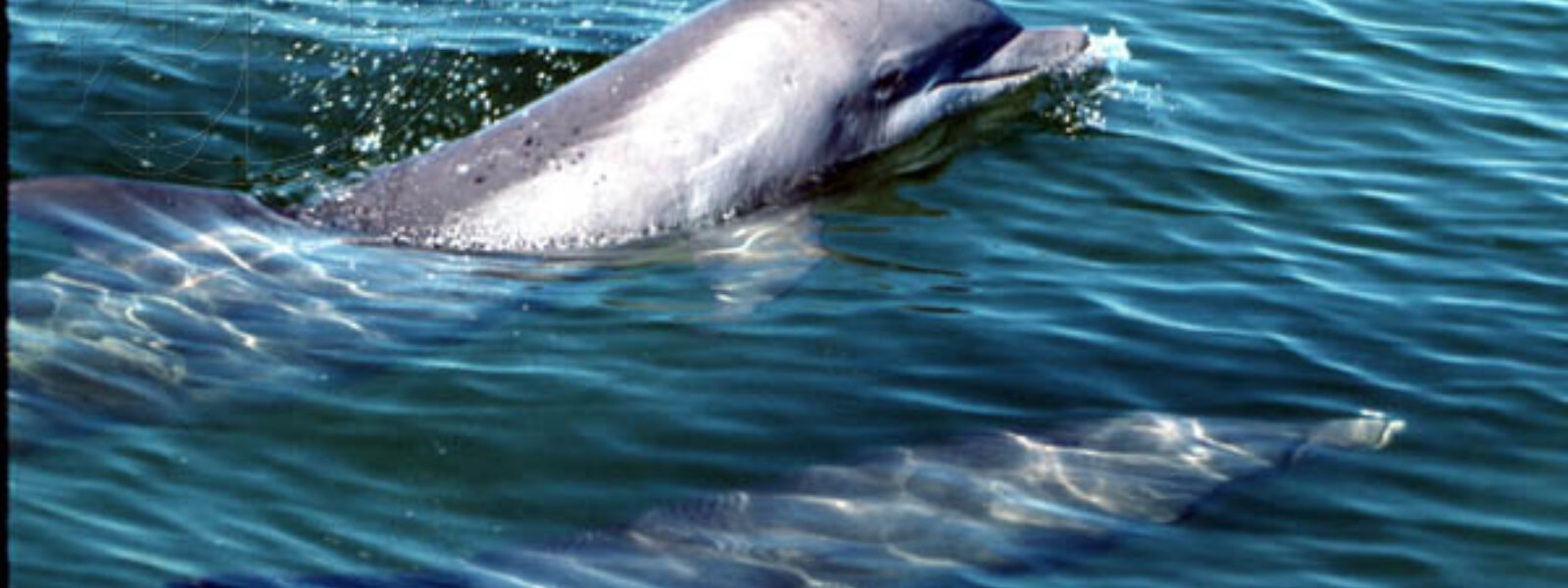

This is the third installment in our series spotlighting successful cetacean retirement, rehabilitation and release stories. Companies like SeaWorld claim that releasing orcas and dolphins to sanctuaries for retirement is dangerous, "irresponsible" and even impossible. However, these stories reveal the truth: that it is possible, and in the best interests of the cetaceans, to retire them permanently and even release them back into their wild ocean homes when possible.
The first and second stories can be read here and here.
In 1988, cetacean researchers in Florida and California carried out a project aimed at shedding light on the effects of short-term captivity on dolphins, as well as examine their reacclimation to the wild. While the International Marine Mammal Project does not agree ethically with capturing wild cetaceans for any reason, even research,, the dolphins’ successful return to the wild speaks for itself.
In 1988, the Sarasota Dolphin Research Program captured two adult male bottlenose dolphins, named Misha and Echo, from Florida’s Tampa Bay. The dolphins came from a local population that had been studied extensively prior to that point.
The team transferred the animals to California, where they were held at UC Santa Cruz’s Long Marine Lab for two years. The dolphins were studied extensively for information about their echolocation and behavioral patterns. At the end of the two-year period, the project turned its focus to preparing the dolphins for release.
Misha and Echo spent nine months preparing for their return to the wild in a bay pen at the Mote Marine Laboratory in Sarasota, where they were freeze-branded and reintroduced to live fish. It took them months to identify fish as food again and to systematically hunt them, but ultimately they re-learned these skills despite the significant traumas of captivity.
 They were tagged with temporary radio transmitters in October 1990, and shortly aftertwards they were released to their native home range near Tampa Bay.
They were tagged with temporary radio transmitters in October 1990, and shortly aftertwards they were released to their native home range near Tampa Bay.
Thankfully, both Misha and Echo successfully rejoined pods, and both have been sighted repeatedly around Tampa Bay since. Research vessels corroborate this success, observing healthy body weight for both individuals after their release.
Interestingly, even though Echo was released slightly south of his home range -- but in the center of Misha’s -- he immediately swam to his slightly northerly home range, indicating that he likely remembered his home and knew where he would find his long-lost family. In a study that included this release effort, authors Kenneth Norris and Randall Wells noted that noted that “Probably one of the most important factors contributing to the project’s success was the return of the dolphins to their native waters.”
This makes sense, given that individuals released to foreign waters, with no hope of reuniting with their family and friends, would naturally have a more difficult time adjusting – in the same way that a human would encounter difficulties if they were suddenly placed within a foreign culture where they could not speak the language and did not know anyone.
The authors of this collaborative study also point to seaside sanctuaries, or as they call them, “halfway houses,” as potentially critical to the success of cetacean reintroductions. These findings align perfectly with the goals of the Whale Sanctuary Project, which seeks to create a seaside sanctuary facility which will function both as a permanent retirement facility for captive individuals deemed to be unreleaseable (for example, if they are born into captivity) and for individuals who are transitioning from captivity back to the wild. The International Marine Mammal Project is an active member of the Whale Sanctuary Project Board of Directors.
Contrary to the false claims of SeaWorld and the captivity industry, some dolphins and whales do very well when returned to their wild ocean home. Others, including those born in captivity, would benefit from being retired from concrete tanks to seaside sanctuaries, where they would have a much more natural existence while still receiving food and medical care. The International Marine Mammal Project strongly urges SeaWorld and other facilities to empty their tanks.